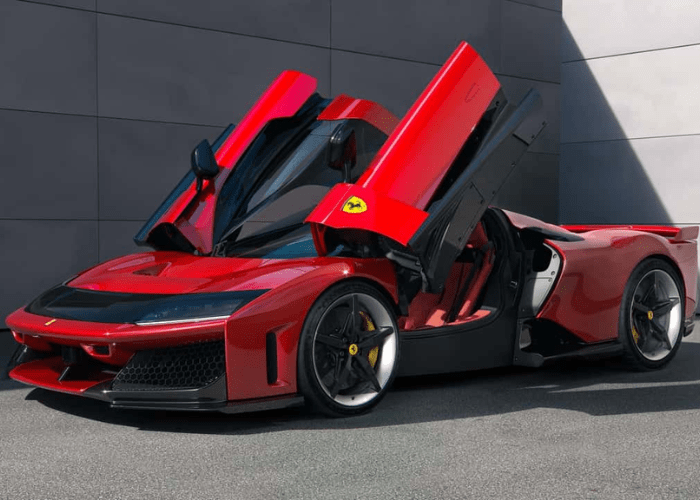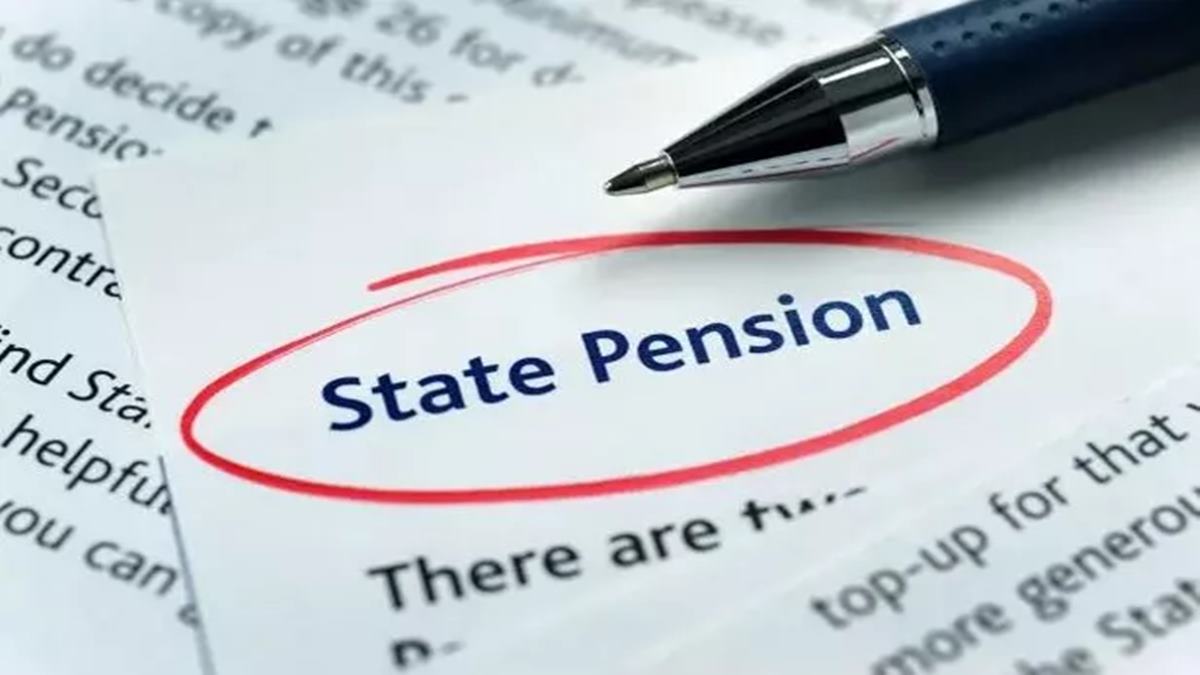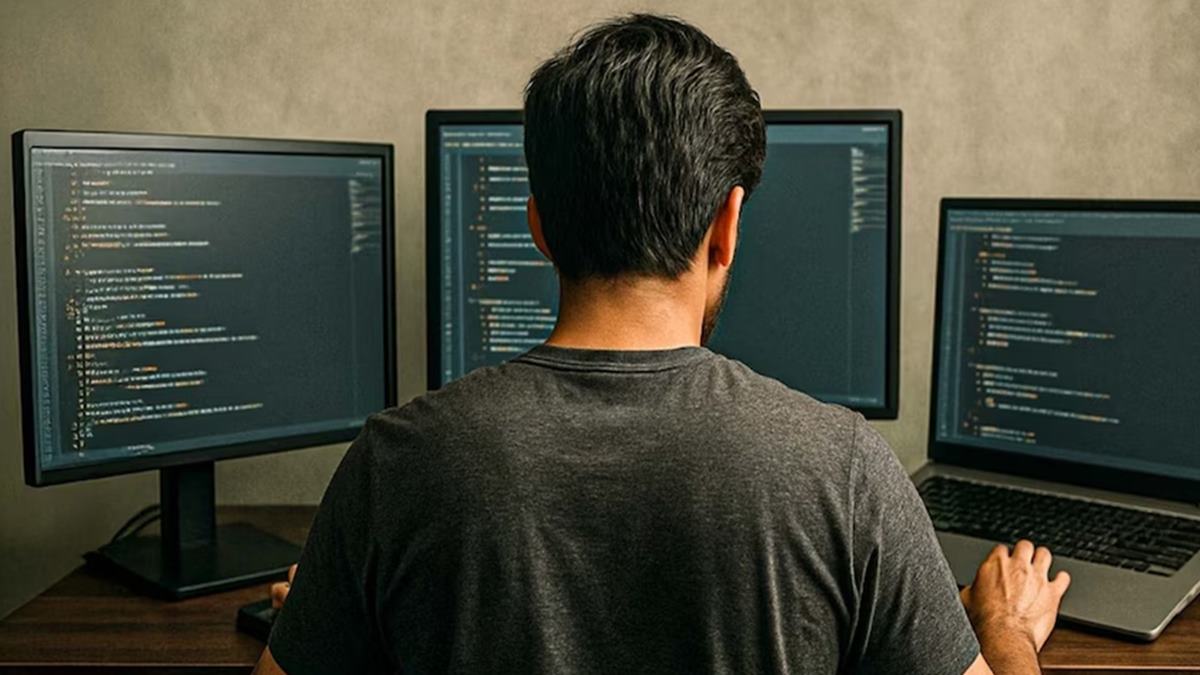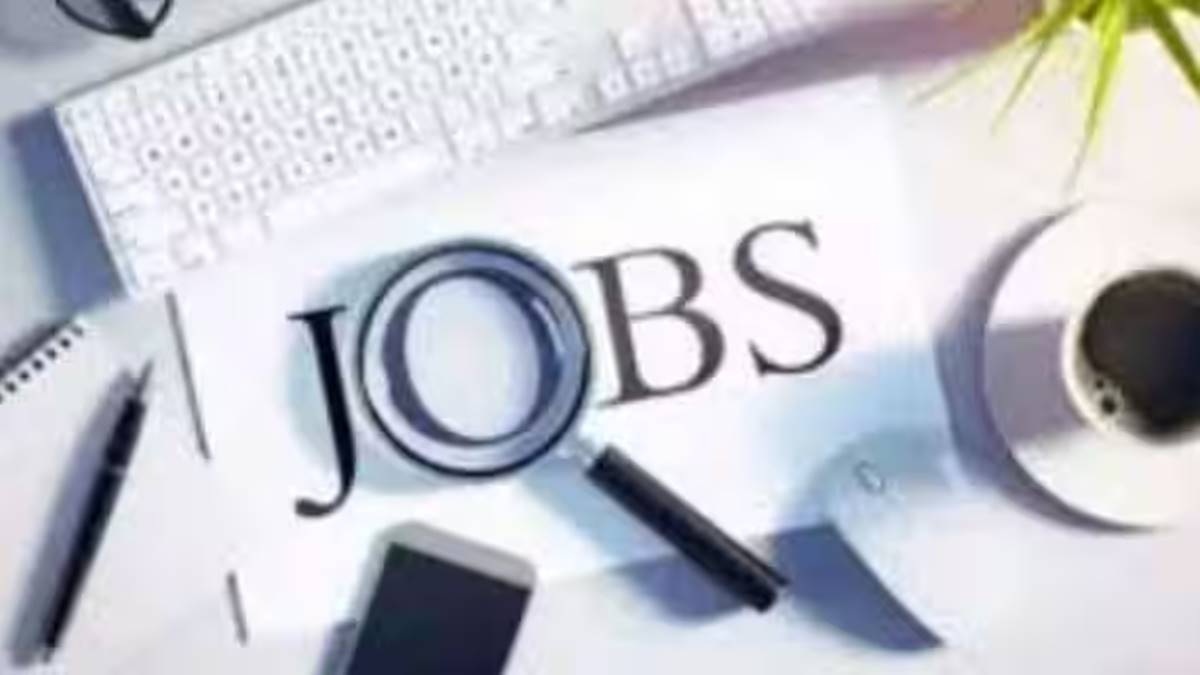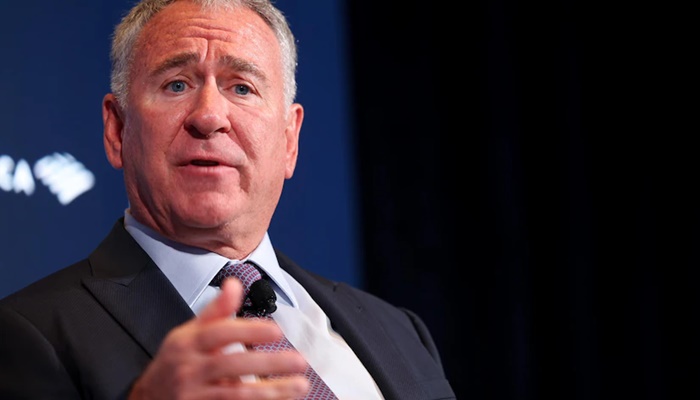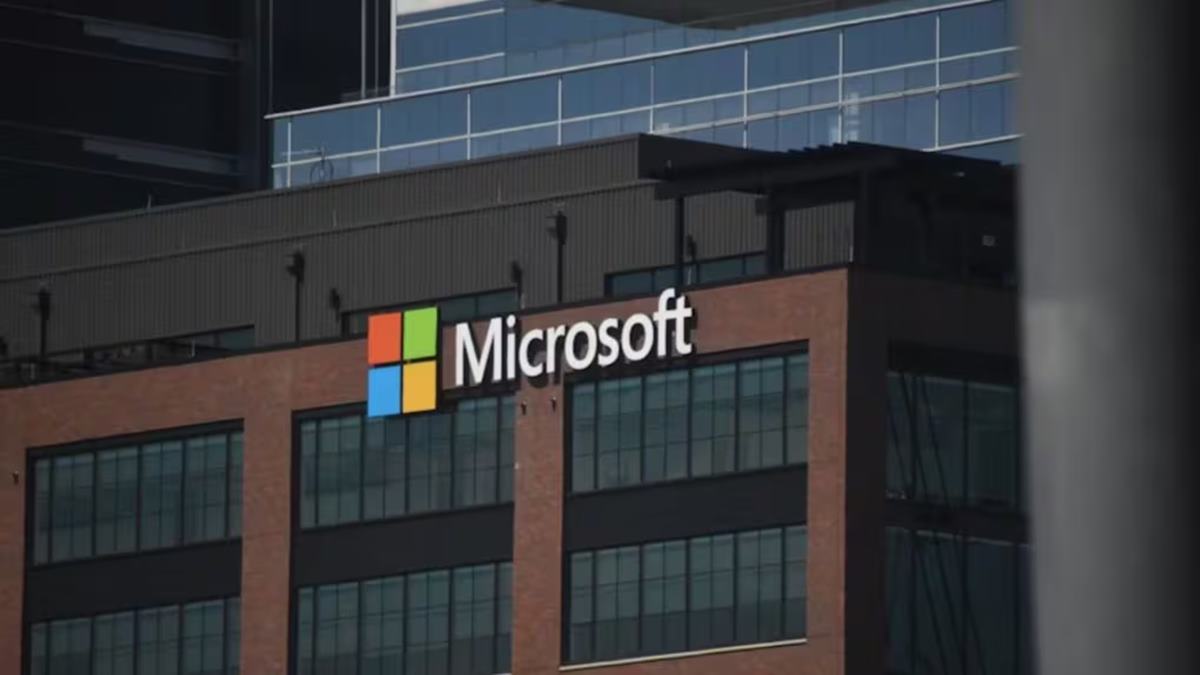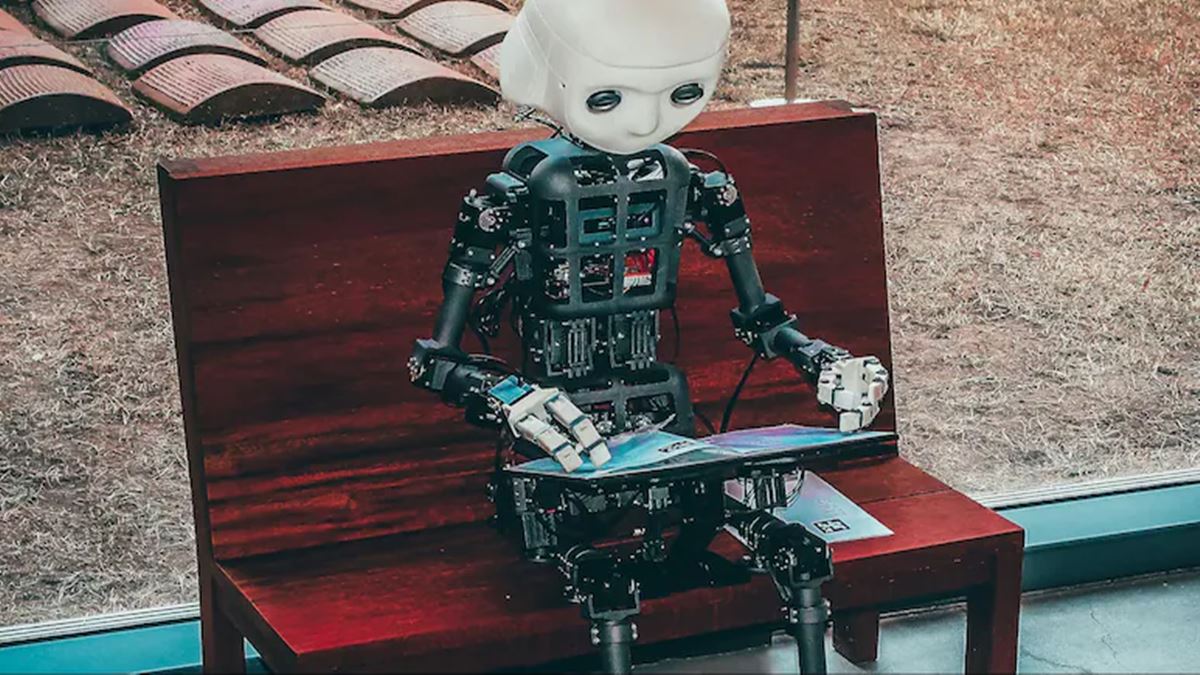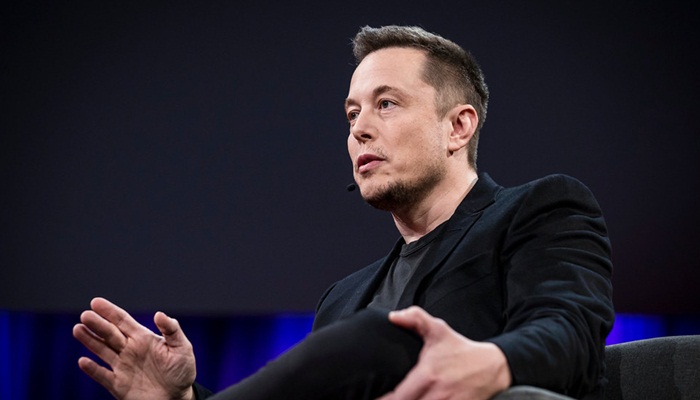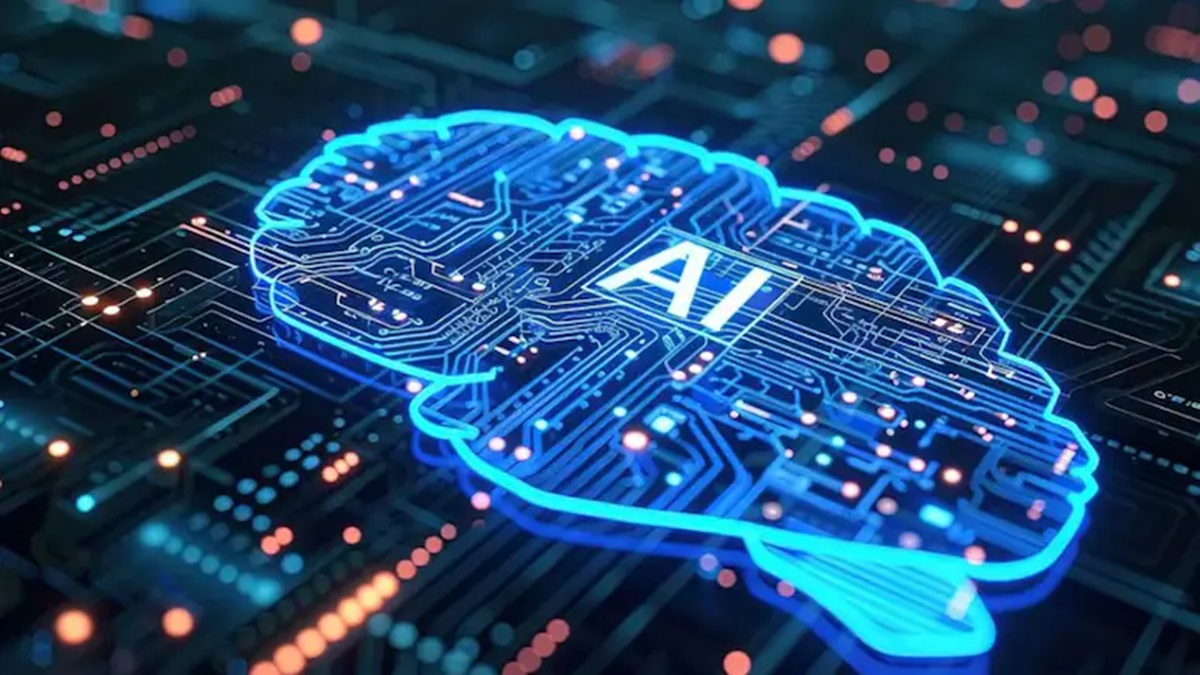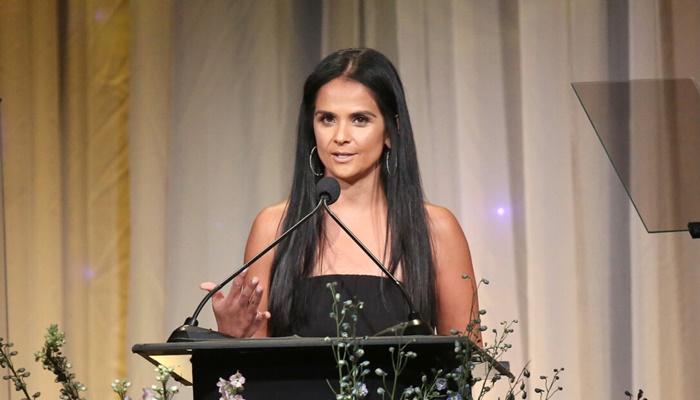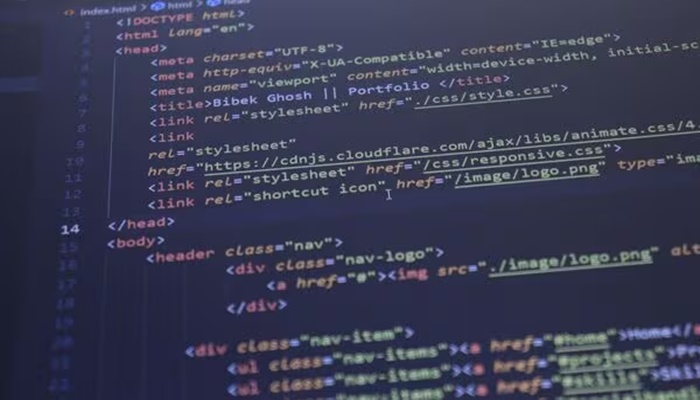In 2025, the future of work is being rewritten, quietly. This feature explores the rise of a new phenomena called quiet cut, HR’s embrace of AI, and the growing resistance on the factory floor. Welcome to the new world of workforce transformation, silent, strategic, and deeply human.
“Work isn’t dying. It’s transforming, without permission, without noise, and often, without us noticing.”
There’s a quiet storm sweeping through the workplace. It doesn’t come with mass layoffs or dramatic boardroom shakeups. It arrives as a whisper in vanishing meetings, silent reassignments, and job descriptions rewritten with subtle precision. This isn’t downsizing. It’s displacement by design. Welcome to the era of quiet talent reshaping, a subtle yet powerful shift that is reframing work in 2025. As detailed in this People Matters feature, the modern workplace is undergoing a silent metamorphosis, where employees aren’t being fired, they’re simply being replaced by relevance.
And those who remain? They’re not just survivors. They’re strategic adapters.
The quiet cut: Adapt or fade away
Once upon a time, layoffs were loud. Headlines buzzed with mass firings and severance scandals. But today’s version is more surgical. Subtle. Strategic. The rise of the ‘quiet cut,’ the practice of slowly phasing out roles, reducing responsibilities, and reshaping teams without formal exits, has redefined how companies downsize. It’s less about cost-cutting and more about clearing space for skills that matter now: data fluency, digital agility, cross-functional flexibility.
This wake-up call is sparking a new kind of employee behaviour, not panic, but proactive reinvention. Workers are reskilling. Reimagining their value. Learning faster than ever. And while many are reacting to this shift, others are leading it, with AI as their secret weapon.
HR’s secret weapon: AI steps into the light
Ironically, in a time that calls for more human-centricity, it’s artificial intelligence that is helping HR become more human again. What began as an experiment with automation is now central to HR strategy. AI tools are crafting better job descriptions, predicting attrition, enhancing DEI strategies, and even offering personalised learning pathways. What was once thought of as a disruptive force has emerged as a quiet saviour, a kind of “room of requirement”, appearing precisely when the HR function needed it most.
In a compelling LinkedIn Live titled ‘The AI Talent Engine: Transforming Communities, Speed and Candidate Experience’ HR leaders share how AI isn’t just improving workflows, it’s reshaping decision-making and allowing time for what matters most: building culture, empathy, and trust. It’s no longer about AI replacing HR roles, it’s about AI freeing HR from the transactional, so it can focus on the transformational.
Rebellion on the factory floor: When progress feels personal
Yet, not every part of the workforce embraces this evolution with open arms.
On the manufacturing line, where labour has long been rooted in physical skill and tradition, AI feels less like a helper and more like a threat. Sensors now guide decisions. Predictive algorithms determine output. Robots do in hours what humans did in days.
It’s not just a technological shift; it’s a cultural wound. In this piece on blue-collar resistance, People Matters dives into the tensions building on the factory floor, where workers aren’t just resisting change but fighting for identity.
In these industries, HR faces a complex challenge: how to drive innovation without alienating legacy. How do you bring AI into environments where trust must be earned, not assumed? It’s a trial of empathy, leadership, and vision, a reminder that digital transformation must be just as human as it is efficient.
A human renaissance in the age of algorithms
We stand at a strange intersection. On one hand, we’re told to embrace innovation, to learn AI literacy, and to become data-fluent. On the other hand, we’re called to become more human, empathetic, creative, and resilient. It’s not a contradiction. It’s a balance.
The future of work is no longer about man vs. machine but man with machines. Success will belong to those who can collaborate with technology without losing their humanity in the process.
That means rethinking talent strategies. Reinvesting in emotional intelligence. Designing systems that not only calculate performance but also inspire purpose. Because while AI can predict outcomes, only people can imagine possibilities.
What this means for you, right now
So, what should professionals and organisations do in this quiet storm?
- Listen to the subtle signals: If your role isn’t evolving, your relevance might be eroding. Don’t wait for an announcement; start reskilling now.
- Let AI amplify, not replace your work: Embrace tools that free up your cognitive space, not those that numb it.
- Lead with empathy in transformation: If you’re managing change, don’t just focus on efficiency. Focus on inclusion, especially in industries where tech feels threatening.
- Stay curious: The future belongs to learners, not experts.
When the tools change, the hands must learn to wield them anew or risk becoming obsolete. This is not just a story of layoffs or automation. It’s a story of evolution, of how quietly, subtly, the future of work is reshaping who we are, how we contribute, and how we matter.
The choice before us is both personal and collective. Will we answer the call to adapt or be quietly left behind?

